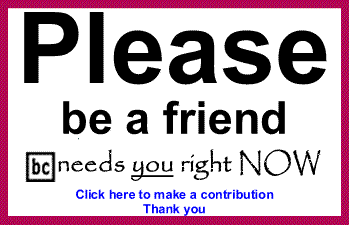
By Gary Olson, PhD
BlackCommentator.com Guest Commentator
In his magisterial and award winning new book, The
Slave Ship: A Human History,
maritime historian, Marcus Rediker, documents
the role played by emotional and especially visual appeals in ending
the trans-Atlantic slave trade. The visuals were indispensable because,
as the abolitionist James Field Stanfield argued, the terrible truths
of the slave trade "had been withheld from the public eye by every
effort that interest, ingenuity, and influence, could devise."
In particular, the images of life aboard the slave ship Brooks were "among the most effective propaganda any social movement has ever created." The viewer's empathy, psychological identification and moral outrage were engaged by graphic depictions of the wholesale violence, barbarity and torture that routinely accompanied this link in the slave trade.
Reading Rediker's book prompted me to think
about powerful images that affected my own political consciousness,
beginning with the civil rights Movement and later,
Photos that I vividly recall making an impression on me include 15-year-old
Elizabeth Eckford being viciously taunted
by a young white girl as she attempted to enter
Ron Haeberle’s photo of terrified women and
children in
But that was another era. Today the limitations placed on exposure
to powerful images that might stir our deepest emotions would impress
a modern day Dr. Goebbels. We know that photographers are banned from
the Iraqi battle zone while too many others are pressured into self-censorship.
The Pentagon forbids media coverage of the remains of soldiers departing
Ramstein Air Base in
And therein resides both an intractable indictment and a vexing question. Would images of an Iraqi Emmett Till or Kim Phuc be published today? Photo journalist Mary Anne Golon asserts that images have power because they “serve as evidence for accusations of wrongdoing.” Given that we now have irrefutable proof from neuroscience that human brains are hard-wired for empathy, that we are morally predisposed toward identifying with the “other,” we might speculate on the potential impact such images would evoke within American society.
I would argue that the tremendous amount of deception and fraud expended
by
BlackCommentator.com Guest Commentator, Gary Olson, Ph.D., chairs the Political Science department at Moravian College in Bethlehem, PA. Click here to contact Dr. Olson. Click here to contact Dr. Olson.


